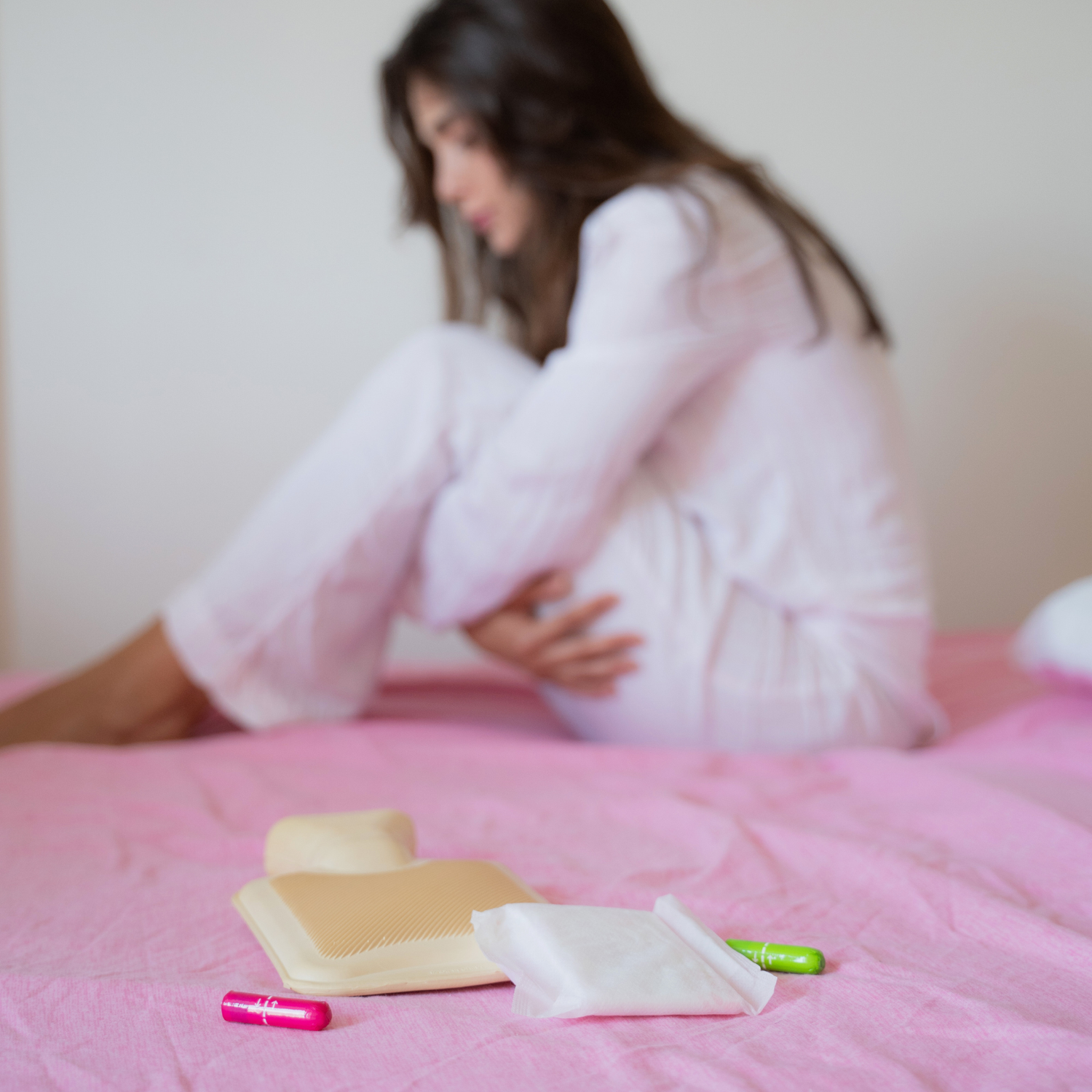Periods that come closer together in your 40s can be unsettling, especially if your cycle has been predictable for years. SensIQ, developed with the expertise of neurologists, offers evidence-based guidance for women navigating these changes. According to Dr. Luke Barr, shifts in cycle timing often reflect hormonal changes tied to the years leading up to menopause, but other factors can contribute.
Understanding the difference is key to getting the right care and support. For many women, periods closer together are one of the earliest noticeable changes in the transition toward menopause.
Key Takeaways
- Periods getting closer together in your 40s are often linked to hormonal changes during early perimenopause, but stress, thyroid issues, and certain medical conditions can also cause this shift.
- A normal cycle is typically 21–35 days, and cycles occurring less than 21 days apart for several months may require medical evaluation.
- Perimenopause can also bring changes in menstrual flow, such as heavier or lighter bleeding, along with symptoms like mood swings, brain fog, and vaginal dryness.
- Tracking cycle length, flow, and related symptoms helps healthcare providers identify whether changes are normal or need further investigation.
- Prompt medical attention is recommended for heavy bleeding, prolonged cycles, large clots, or spotting between periods to rule out underlying health issues.
Why and How Periods Get Closer Together in Your 40s
Hormonal changes in early perimenopause
In early perimenopause, the time between periods often shortens due to changes in hormone levels. Fluctuations in estrogen and progesterone can trigger earlier ovulation or skipped periods, creating irregular periods. This rise and fall in hormones is a common sign of perimenopause and may last for several years. Tracking your cycle with a calendar or app helps identify these patterns.
Can perimenopause cause closer periods?
Yes. Perimenopause can shorten the length of time between menstrual periods because ovulation becomes less consistent. As the American College of Obstetricians and Gynecologists notes, this is part of the natural transition toward menopause.
However, it’s important to rule out other causes, such as stress, thyroid changes, or certain medications like birth control. An OB-GYN or other qualified provider can offer a medical review to confirm the cause.
Recognizing Perimenopause Period Changes

What do perimenopause periods look like?
Menstrual bleeding during perimenopause may be heavier or lighter than before. You might use more or fewer pads or tampons than usual, or notice changes in color and clotting. These shifts often come with other symptoms of perimenopause, such as vaginal dryness or mood changes. Keeping a record of each cycle helps your provider assess whether changes are typical or need further evaluation.
Perimenopause period every 2 weeks—normal or not?
While closer cycles can be normal, periods coming every two weeks for more than a couple of cycles should be discussed with a healthcare provider. Persistent, frequent bleeding can signal a hormonal imbalance, fibroids, or other conditions. If menstrual bleeding is heavy enough to soak through pads or tampons in under two hours, seek prompt care.
Cycle Changes in the Late 40s
Signs that perimenopause is ending
As perimenopause progresses, cycles may become further apart rather than closer together. Longer gaps between periods, combined with more skipped periods, can indicate that menopause is approaching. These changes, alongside ongoing menopause symptoms such as hot flashes or sleep disruption, often show the body’s shift toward the end of fertility.
Average age of perimenopause and menopause transition
The average age for entering perimenopause is the mid-40s, but it can start earlier. Menopause, marked by 12 consecutive months without a period, typically occurs around age 51. The length of time in perimenopause varies; some women transition in a few years, while others experience symptoms for a decade.
Do periods get closer together in the late 40s?
They can, but by the late 40s, it’s more common for the time between periods to lengthen. If you notice frequent cycles late in perimenopause, it’s worth a medical review to check for causes other than hormonal change. This ensures you’re not overlooking an underlying condition.
Other Causes for Frequent Periods
Stress, lifestyle, and thyroid health
Stress can temporarily shorten the time between periods by affecting hormone regulation. Significant weight changes, intense exercise, and poor sleep can also influence cycle timing. Thyroid disorders, which alter hormone levels, may mimic perimenopause changes and should be checked with a simple blood test.
Medical conditions that may affect cycle length
Conditions such as fibroids, endometriosis, or bleeding disorders can cause irregular periods. Certain medications, including hormone therapy or birth control, may also alter the length of time between cycles. Identifying these conditions early helps prevent complications and ensures appropriate treatment.
Key Perimenopause Symptoms Beyond Your Cycle

Mood shifts, brain fog, and sleep problems
In addition to menstrual changes, symptoms of perimenopause may include irritability, difficulty concentrating, and disrupted sleep. Vaginal dryness and changes in sexual comfort can also occur. These issues, combined with irregular bleeding, often reflect the broader hormonal changes of the years leading to menopause.
When to seek medical advice
See a provider if you have very heavy bleeding, bleeding between cycles, or periods coming closer than 21 days apart over several months. An OB-GYN can perform a medical review to determine the cause and suggest treatment, which may include lifestyle adjustments, hormone therapy, or other targeted care.
SensIQ’s Takeaway
Periods getting closer together in your 40s are often a sign of perimenopause, but they’re not always harmless. Tracking your cycle, noting changes in flow, and seeking timely medical review are key steps in maintaining your health. Dr. Luke Barr emphasizes that understanding your body’s signals allows you to act early, whether that means reassurance, treatment, or support through the menopause transition.
Frequently Asked Questions
Is it normal for periods to get closer together at 40?
Yes, for many women, cycles become shorter in the early stages of perimenopause due to hormonal changes. A normal cycle is usually between 21 and 35 days, but during perimenopause, the time between periods may be less than 21 days.
This can be part of a natural transition, but tracking changes helps determine whether they are within a normal range. Keeping detailed notes on cycle timing and flow can help your healthcare provider evaluate the changes.
When should I call my doctor about frequent periods?
You should contact your provider if your periods come less than 21 days apart for several cycles in a row, or if you have heavy bleeding that soaks through a pad or tampon in under two hours. Other red flags include bleeding lasting more than seven days, passing large clots, or spotting between cycles.
These patterns may indicate a hormonal imbalance or another underlying health condition. Prompt evaluation can help identify the cause and guide treatment.
Can perimenopause cause other symptoms besides changes in periods?
Yes, perimenopause can also cause symptoms such as mood swings, brain fog, trouble sleeping, and vaginal dryness. These changes are linked to the rise and fall of hormone levels in the years leading up to menopause. While some symptoms are manageable with lifestyle adjustments, others may require medical support. Speaking with an OB-GYN can help you find the right approach for your needs.


